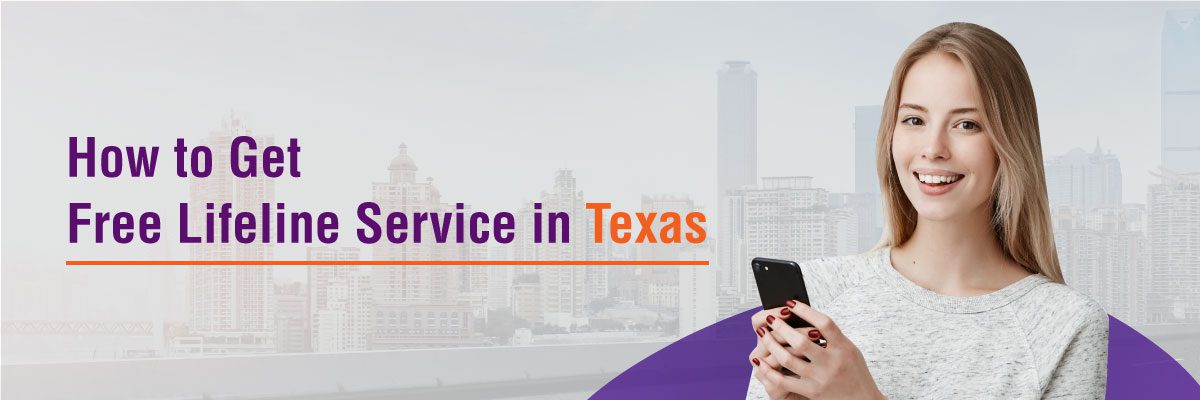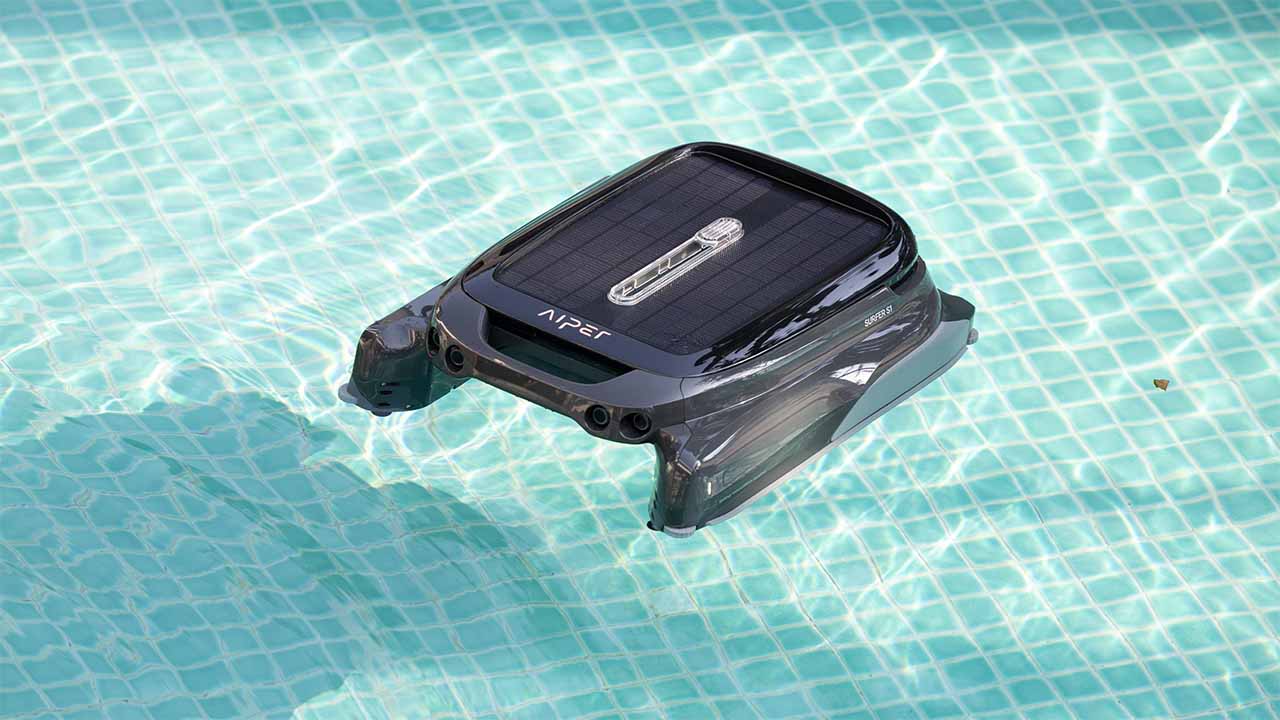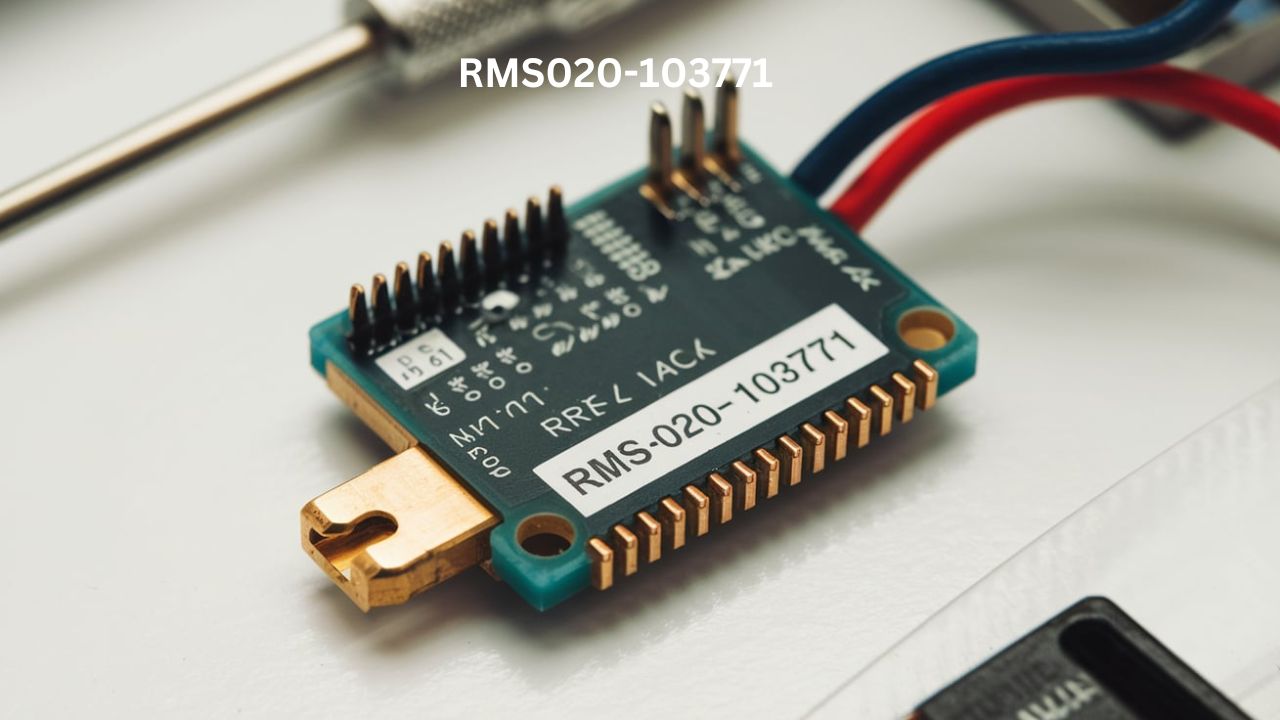Lifeline is an essential government-supported program that provides discounted home phone service, mobile phones, and internet to low-income Americans. With this assistance, millions could pay for the critical services they need to stay connected with family, doctors, and employers.
Unfortunately, the FCC is proposing making it more difficult for qualifying individuals to access Lifeline services. This is more than just a bureaucratic hurdle; it will put many Americans at risk of losing their ability to receive essential communications services.
Cost-Effective
The Lifeline Program provides discounts on telephone service to low-income consumers nationwide. These discounts are a form of government-supported assistance that helps people get the phones, internet, and other services they need to connect with jobs, housing, and family.
Eligibility is based on your household income, including your own and all other people living with you, including your children and other relatives. You also must show that your family’s total income is below a certain percentage of the federal poverty level.
Consumers may apply for Lifeline benefits by completing a government-approved application and submitting the required documents. These documents include pay stubs, tax returns, or other proof of income.
Lifeline is a program administered by the Universal Service Administrative Company (USAC). USAC works with consumers to understand their eligibility, complete the online application and keep their benefit current through an annual recertification process.
You can qualify for the Affordable Connectivity Program (ACP) if you receive Lifeline. The ACP helps low-income households access high-speed internet service, essential for working and schooling.
ACP is a federal program that offers monthly discounts on internet services for households struggling to afford assistance. You can learn more about ACP benefits, eligibility, and enrollment on the ACP website.
Lifeline is a major federal subsidy program for telephone and internet service and is available to low-income customers in every state, commonwealth, territory, and Tribal land. It’s easy to apply, and eligible families can save monthly on phone and internet bills.
Flexible Payment Options
Lifeline offers a variety of ways to help customers save money and stay connected. Among them is the ability to choose from various payment options for voice and internet services. The program also offers several other benefits to eligible consumers, including a free landline phone for a limited time.
The Lifeline program is government-sponsored to provide telecommunications services to low-income consumers. The program is administered by the Universal Service Administrative Company (USAC). It uses technology, innovation, and high-touch customer care to deliver the best possible experience for consumers and service providers.
To find out if Lifeline is the right fit for you, use the Lifeline portal to learn about the many programs and services that may help you save money on your bill or sign up for a free telephone service for a limited time. Or, you can call your local Public Utility Commission to learn more about the programs and services available in your area. Regardless of your chosen service, Lifeline is a great way to improve your quality of life and keep you in touch with friends, family, and the community.
Wide Range of Service Providers
Lifeline services are different, so you should compare providers and plans. Some lifeline service in Texas offers various options and features, including unlimited talk, text, and data. Whether you need a new phone or want to port your existing number, the right plan can make a big difference in connecting with the people and things that matter most to you.
Various companies offer affordable Lifeline cell phone plans, and you can get a free wireless phone with your service. Some providers are even wholly subsidizing the cost of these phones, so you won’t have to pay a dime for them.
You can use a “Companies Near Me” website to find Lifeline service providers in your area that serve your zip code. Some providers also offer an affordable ACP plan to save money on your monthly bill.
Many Lifeline cell phone plans include the latest internet technology, such as 3G or 4G LTE. These technologies allow you to connect with friends and family and work more efficiently.
You can check out the FCC’s website or ask your provider for more information on these features. You can also download a brochure about the program from your local Public Utility Commission.
The Lifeline program is a federal government-supported program that provides discounts on telecommunications services, including home internet and wireless phone services. It is available to households qualifying through a government benefit program, such as Supplemental Nutrition Assistance Program (SNAP) or Medicaid.
Convenience
Lifeline services allow seniors to keep in touch with family members and friends, which can positively impact their emotional health. They can also call their doctor to schedule appointments, discuss health concerns or receive test results.
In addition, Lifeline helps seniors reach out to emergency responders during a fire or other disaster, making them safer. They can also contact local law enforcement authorities and medical providers to report health problems.
Moreover, government-supported programs can help low-income individuals save on their phone bills. They can get discounts on home telephone service (landline or wireless) and a credit for their monthly deposit costs.
Customers must verify their eligibility in a state government database to receive a Lifeline benefit. They can do this online or by mail.
The program is only available to low-income people and enrolled in public assistance programs. To qualify, you must have an income below of the federal poverty level.
Many low-income families use Lifeline or Link-Up to get help with their telephone bills, a free cell phone, or a discount on their landline or wireless phone. The programs are easy to apply for, and you can find out if you are eligible online.
However, it is essential to remember that only one subscription per household is allowed for Lifeline. So it is necessary to check your eligibility every year. Otherwise, you may be charged for a duplicate service or have your benefit de-enrolled. This is a costly mistake, and you could lose your Lifeline discount. Enrolling in a Lifeline service offering is legal, with submitting an application and certifying your eligibility.
Access to Emergency Services
Lifeline is a government benefit program that provides low-income consumers with a discounted telephone service to help them connect to the nation’s communications networks, find jobs, access health care services, and more. It is available to eligible low-income people in every state, commonwealth, territory, and Tribal land.
The Lifeline program is administered by Universal Service Administrative Company (USAC). USAC helps low-income consumers apply for the program, understand eligibility requirements and keep their benefits current through an annual recertification process.
In the United States, there is a growing problem with emergency department overcrowding. According to the Centers for Disease Control and Prevention, between 1996 and 2006, the number of emergency department visits increased. At the same time, the number of hospitals decreased, leaving fewer hospitals to serve an increased volume of patients.
This trend has had a significant negative impact on people’s ability to receive emergency care. The College of Emergency Physicians awarded a near-failing grade to the state’s access to emergency care in 2008.
To overcome this issue, there is a need for proper solutions that would decongest emergency departments so that a medical team could see patients in an emergency conditions as soon as possible. This could lead to reduced mortality and morbidity rates and more cost-effective use of healthcare resources.











